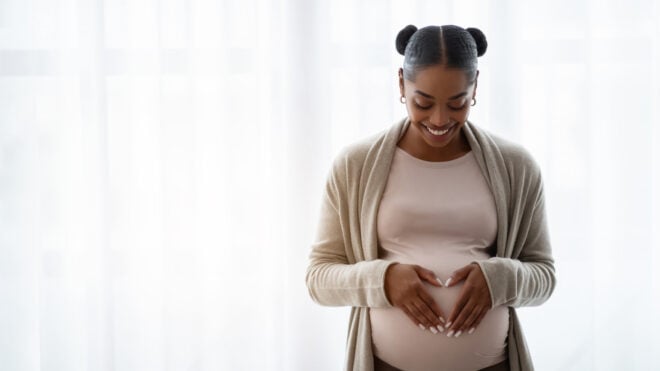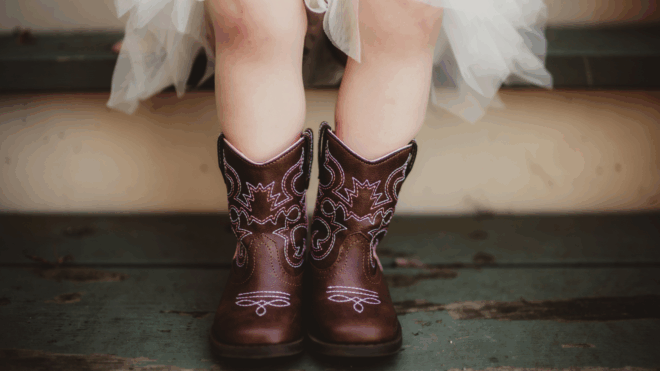Get Familiar
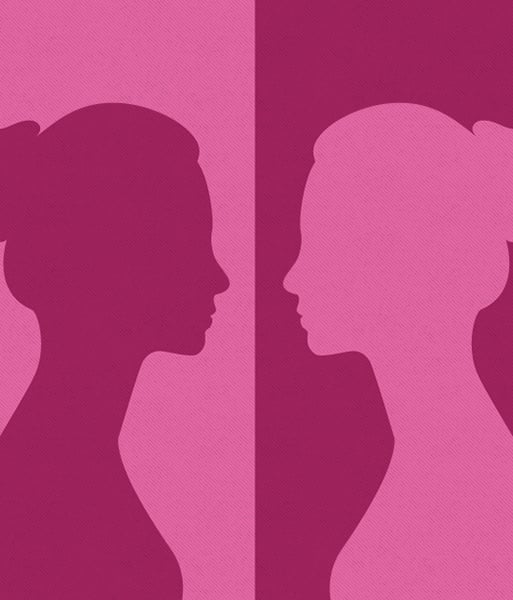
Start by checking out your breasts in the mirror. Do this regularly, even if it seems strange at first! It’s important to become familiar with your own personal normal breast size, shape and coloring. That way, if anything changes, it will be obvious to you.
Assess
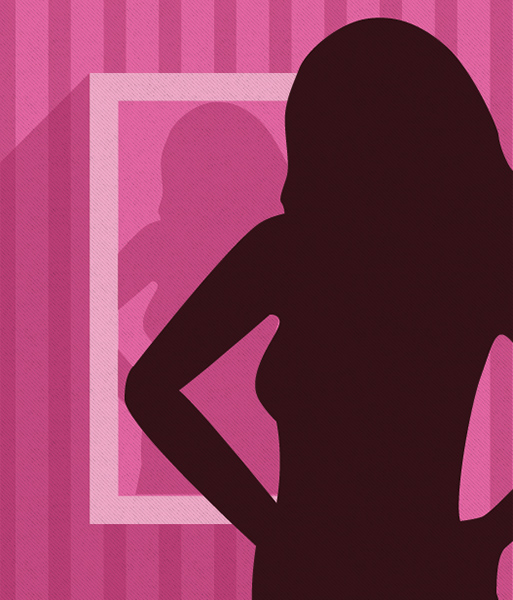
Look at your breasts straight on in the mirror, placing shoulders back and hands on hips. Make sure breasts are still the same size, shape and color, that they are still relatively even and don’t seem swollen. Dimpling, puckering or bulging warrants a call to your doc, in addition to redness, soreness, rashes or a suddenly changed or inverted nipple.
Hands Up
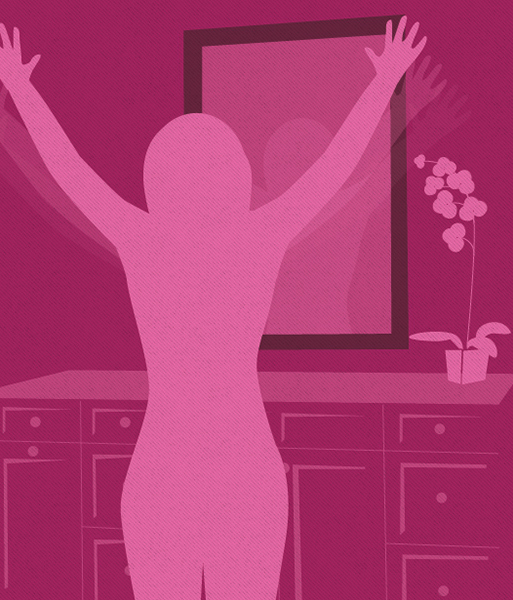
Raise your hands up over your head and run down the list again, checking for changes in size, shape, color, bulges or skin abnormalities. In addition, also quickly look at your nipples. If you see any fluids—milky, yellow, watery or bloody—tell your doc.
Feel Around
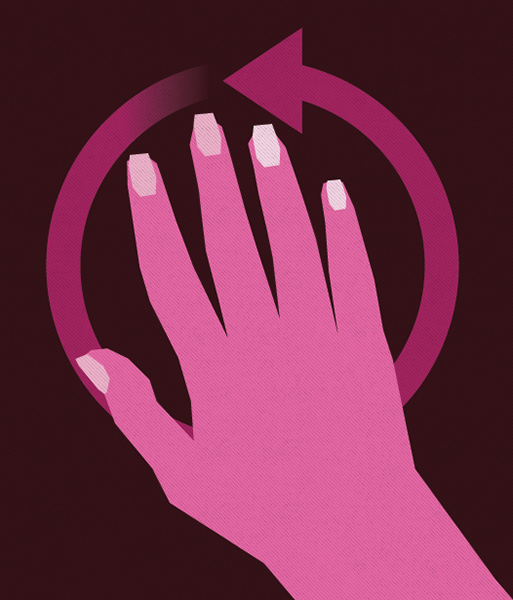
Next, lie down on your back and feel your entire breast from the collarbone to the top of your stomach, and from your armpit to your cleavage. Use your right hand to feel your left breast, and vice versa. BreastCancer.org advises using the first few fingerpads on your hand, moving in a quarter-sized circular motion with a “firm, smooth touch.” It’s essential that you cover your entire breast, so use a pattern that’s easy for you to track.
Go Deep

Apply various pressures based on what type of tissue you’re checking—you want to cover all layers of breast. For the tissue just below the skin, use a light circular touch, for the middle of the breast use medium pressure, and for the deep tissue you should use firm pressure. When you can feel your ribcage, you’ve gone all the way to the deep tissue, covering all layers.
Stand Up
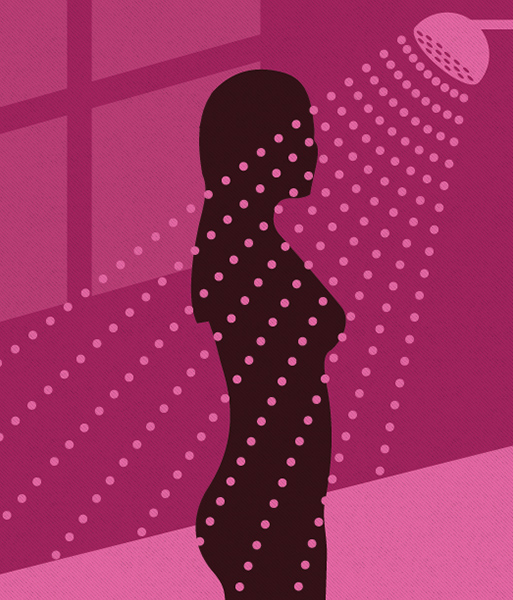
Repeat the self exam process, doing it just like you did while lying down: Feel both your breasts from top to bottom and side to side while standing up. Lots of women do this in the shower while their skin is wet so that fingers can easily slide over the breast tissue.
Check Your Estrogen
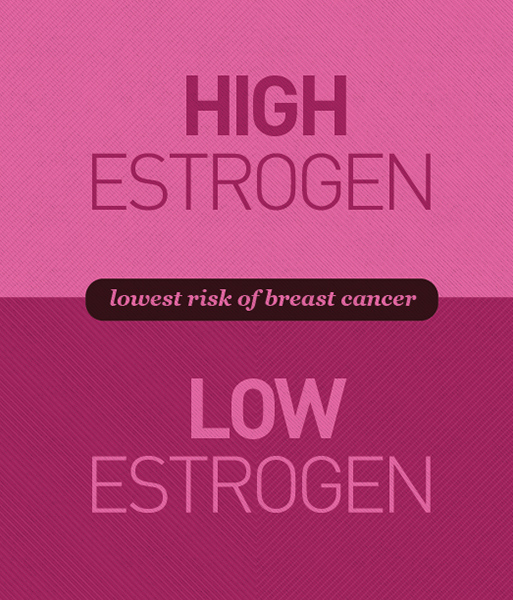
Even better than catching a lump is preventing the cancer from forming—and prevention starts at home. Dr. Sara Gottfried, ob-gyn and author of The Hormone Cure, says there are a few simple things every woman can do. First on the list? Addressing the key hormone. Too much estrogen relative to progesterone, and you're looking at an increased risk of breast cancer. "Find out your levels of the good and bad estrogens, and start taking steps to address it if you’re elevated," says Gottfried. As a starting point, she recommends assessing your personal breast cancer risk with this tool from the National Cancer Institute.
Balance Your Hormones
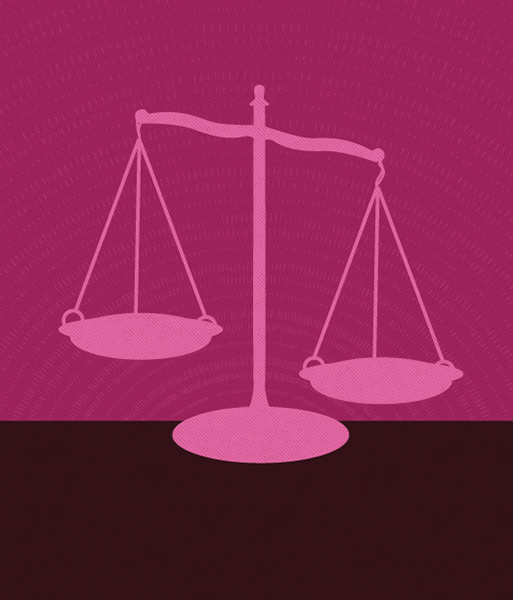
The main hormones determining breast cancer risk are estrogen, progesterone, cortisol (aka the "stress hormone"), thyroid and testosterone. "Do a self-assessment, get your hormone levels tested by your physician and start taking steps now to prevent hormonal imbalances snowballing into something much more serious down the road," Gottfried says.
Go Organic
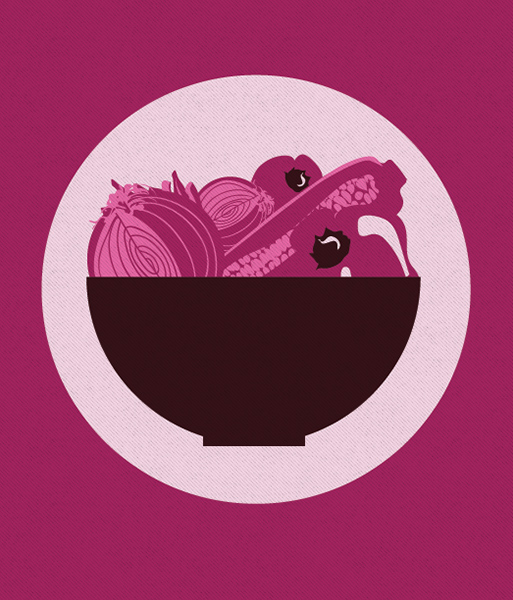
Do your best to limit exposure to environmental toxins. BPA, phthalates and other xenoestrogens (fake estrogens) all increase your breast cancer risk. "Eat organic, wear organic, buy organic," says Gottfried. "Beware of soft plastic products. Remember this mantra: '1-2-5, stay alive.' Plastic products with the recycling codes 3 and 4 are more likely to contain BPA and phthalates."
MORE: A Survivor's Guide: How You Can Help Friends With Breast Cancer
Get Healthy
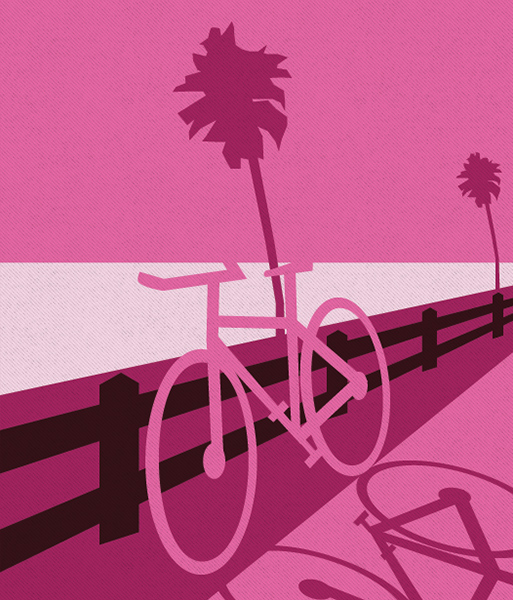
There are a million reasons to maintain a healthy BMI and get active every week, and a reduced risk of breast cancer is yet another. "According to the U.S. Surgeon General, women who gain more than 20 pounds from age 18 to midlife double their risk of postmenopausal breast cancer. And fat cells contain estrogen, putting obese women at a far greater risk," Gottfried says. "Exercise also decreases estrogen levels, lowers risk of breast cancer and helps you make more of the good estrogens."
Retool Your Diet
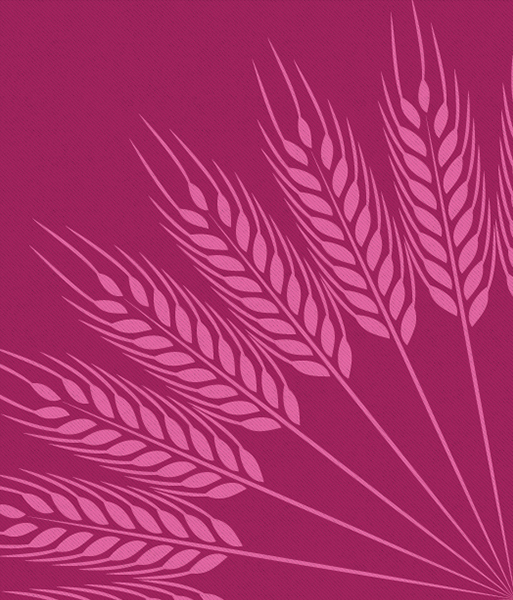
Science has shown us what dietary tactics heighten and lower a woman’s cancer risk. "Skip the vino," Gottfried says. "Drinking more than three to six alcoholic servings per week increases risk of breast cancer. Cut out red meat, which may increase estrogen levels, and fill up on fiber. We know that increased fiber will lower your estrogen levels and likely reduce your risk of breast cancer." For a woman of any age, she recommends 35 to 45 grams a day.

